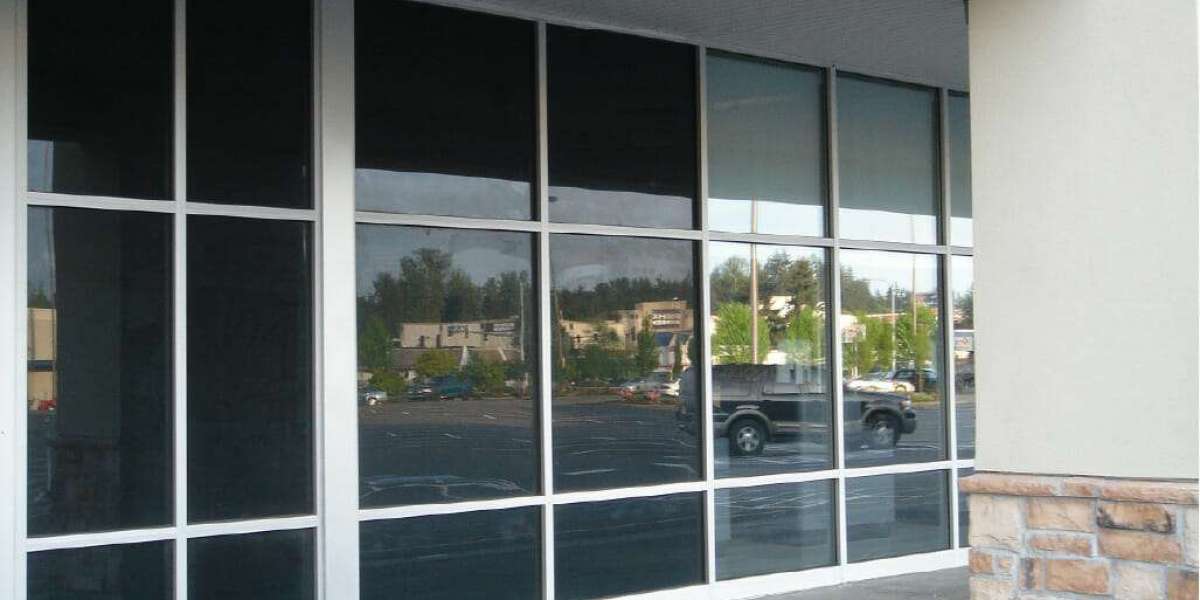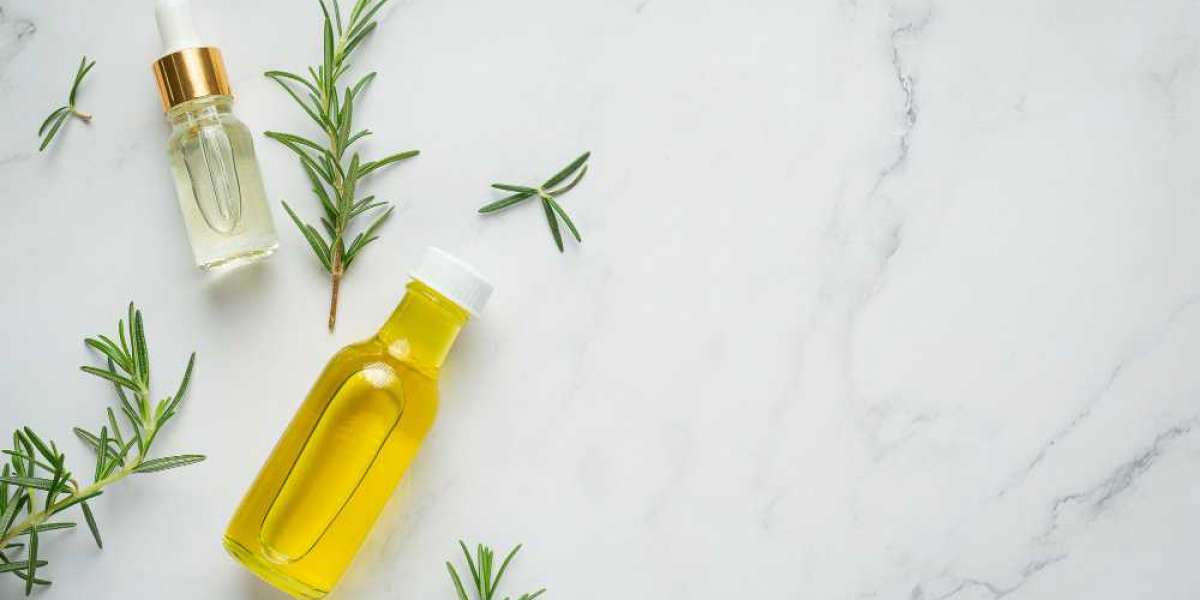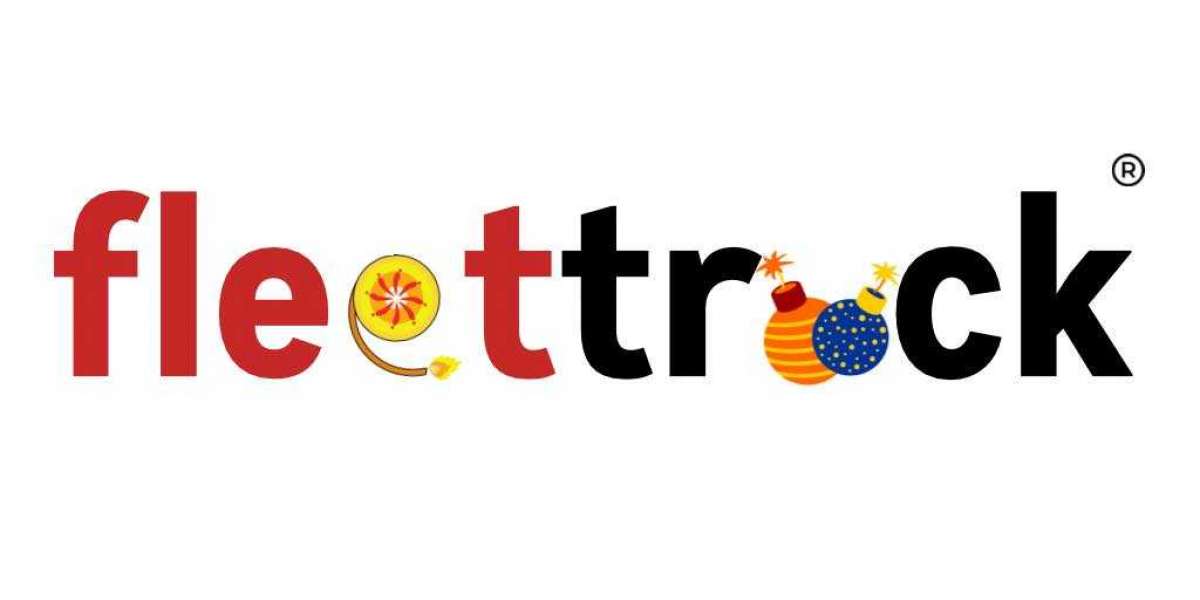Window tinting involves applying a thin film to the interior or exterior of windows, offering a variety of benefits, from reducing glare to increasing safety. In this article, we will explore the different types of residential window tinting, helping you make an informed decision for your home.
Types of Window Tinting Films
a. Dyed Window Film
Dyed window film is one of the most common types of residential window tinting. It consists of a polyester film that has been dyed to reduce glare and enhance privacy. This type of tint absorbs solar energy, which helps to decrease heat buildup inside the home. Dyed films are available in various shades, allowing homeowners to choose the level of darkness that suits their aesthetic preferences.
Benefits:
- Cost-effective solution for reducing glare and increasing privacy.
- Available in multiple colors and shades.
- Can enhance the overall look of your home.
Drawbacks:
- May fade over time, especially with prolonged exposure to sunlight.
- Offers limited heat rejection compared to other types of films.
b. Metalized Window Film
Metalized window film contains tiny metallic particles that reflect heat and UV rays away from the home. This type of film is particularly effective at improving energy efficiency by keeping interiors cooler during hot months. The reflective nature of metalized films can also enhance privacy during the day, as they make it more difficult for outsiders to see inside.
Benefits:
- Superior heat rejection and energy efficiency.
- Durable and resistant to scratching.
- Helps to protect furniture and flooring from UV damage.
Drawbacks:
- Can create a mirror-like appearance that some homeowners may find unattractive.
- May interfere with cell phone and Wi-Fi signals due to the metallic components.
c. Ceramic Window Film
Ceramic window film is a more advanced option that utilizes ceramic particles instead of dyes or metals. This technology provides excellent heat rejection without significantly altering the appearance of the windows. Ceramic films are known for their durability and performance, making them a popular choice for those looking for long-lasting solutions.
Benefits:
- High heat rejection while maintaining visibility.
- Scratch-resistant and less prone to fading.
- Does not interfere with electronic signals.
Drawbacks:
- Generally more expensive than dyed and metalized films.
- Limited color options compared to other types.
d. Carbon Window Film
Carbon window film is made from carbon particles, offering a balance between performance and aesthetics. This type of tint provides excellent UV protection and glare reduction while maintaining a sleek, modern look. Carbon films are known for their durability and are less likely to fade over time.
Benefits:
- Provides good heat rejection and UV protection.
- Available in various shades, offering design flexibility.
- Less prone to fading compared to dyed films.
Drawbacks:
- Can be more expensive than dyed films but generally less than ceramic films.
- May not provide as high a heat rejection as metalized films.
Safety and Security Window Film
Safety and security window films are designed to hold shattered glass in place, reducing the risk of injury from accidents or break-ins. These films are thicker than standard tints and can be applied to existing windows. In addition to enhancing safety, they can also provide some level of UV protection and glare reduction.
Benefits:
- Increases safety by preventing glass shards from scattering.
- Provides added security against break-ins.
- Can help reduce fading of interior furnishings.
Drawbacks:
- Typically more expensive than standard decorative films.
- May alter the appearance of windows due to thickness.
f. Decorative Window Film
Decorative window films offer a stylish alternative to traditional tints. Available in a variety of patterns and designs, these films can enhance the aesthetic appeal of windows while providing privacy. Decorative films are often used in bathrooms, offices, or any space where privacy is desired without sacrificing light.
Benefits:
- Offers unique design options that enhance interior decor.
- Provides privacy while allowing natural light to filter through.
- Easy to remove and replace, making it a versatile option.
Drawbacks:
- May not offer significant UV or heat protection.
- Limited in its functional benefits compared to other types of films.
Considerations for Choosing Window Tinting
When selecting residential window tinting, there are several factors to consider:
a. Climate
Your local climate plays a significant role in determining the type of window film that will work best for you. In warmer climates, films that provide excellent heat rejection, like ceramic or metalized films, maybe more beneficial.
b. Aesthetic Preferences
Consider the appearance you want for your home. Dyed and decorative films offer a variety of shades and styles, while metalized films provide a reflective look.
c. Budget
Automotive window tinting, different types of window films come with varying price points. While dyed films are typically the most affordable, ceramic and safety films tend to be more expensive due to their advanced technology and durability.
d. Purpose
Identify the primary reasons for tinting your windows. Whether it’s for privacy, energy efficiency, UV protection, or aesthetics, understanding your needs will help narrow down your choices.
e. Installation
Professional installation is often recommended for optimal results. Ensure that the installer is experienced and familiar with the type of film you choose, as improper installation can lead to bubbling and peeling.
Conclusion
Residential window tinting offers numerous benefits, from enhancing energy efficiency to providing privacy and safety. By understanding the different types of window films available, homeowners can make informed decisions that cater to their specific needs and preferences. Whether you opt for a simple dyed film or invest in advanced ceramic technology, window tinting can significantly improve your living space, making it more comfortable and stylish.








